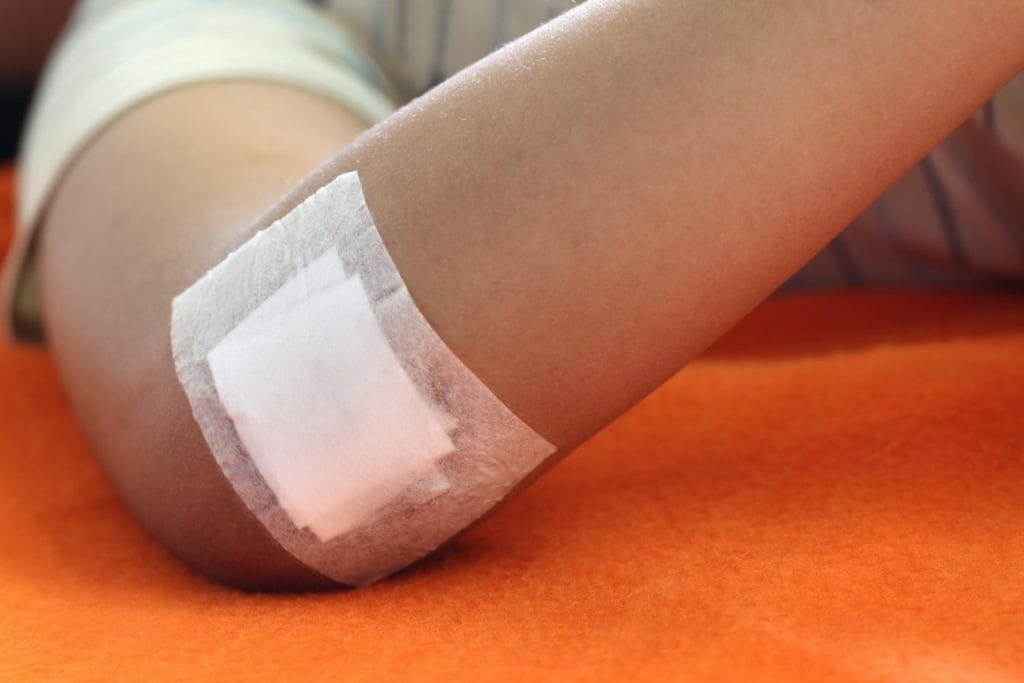- Health Is Wealth
- Posts
- This smart dressing changes color to indicate an infection
This smart dressing changes color to indicate an infection
This smart dressing was designed by researchers at the Chinese Academy of Sciences. This smart dressing changes color to signal the presence of bacteria resistant or sensitive to drugs. It can then be triggered to release antibiotics or other chemicals to kill bacteria.

A smart, game-changing dressing
The idea is that the dressing will start to look green when applied to the wound. If it detects bacteria that are still sensitive to antibiotics, it turns yellow in about four hours. If it detects drug-resistant bacteria, it turns red.
This color change mechanism is made possible by chemicals added to the dressing. Pathogenic bacteria often create more acidic environments for themselves. This is why the dressing contains a simple pH indicator that will change color. During this time, the chemical nitrocefine turns red when it detects an enzyme called beta-lactamase. It is mass produced by drug-resistant bacteria.
This allows doctors and patients to easily see what they are dealing with and to react when necessary. This avoids the use of antibiotics when they are not needed.
Treatment is already integrated
To go further, intelligent dressing also incorporates some of these treatments. Ampicillin, an antibiotic, is loaded with nanomaterials that dissolve in the acidic conditions of bacterial infection, releasing drugs and killing bacteria.

The dressing is also loaded with a material that reacts to bright light by releasing reactive oxygen species (ROS). These molecules are known to cause significant damage to microbes; either by killing them or at least weakening them enough that antibiotics can kill them.
The team tested the concept in mice who had drug-sensitive or drug-resistant E. coli infections. They found that the dressings were changing color as expected. They also found that they were effective in killing both strains of bacteria.
While this is only proof of concept tested in mice, the researchers say it should be relatively easy and inexpensive to extend it to clinical use. Indeed, the dressing itself is mainly made of paper. It also reduces the time it takes to diagnose infections. As well as determine if they are resistant to the drugs, and slows the spread of this resistance.
Does smart dressing have a future?
This is not the first smart dressing we have seen. Other prototypes change color in response to heat, kill bacteria, monitoring chronic wounds, and administer medications according to a specific schedule. Remember, I also told you about a smart bandage.
AB SMART HEALTH REVIEW